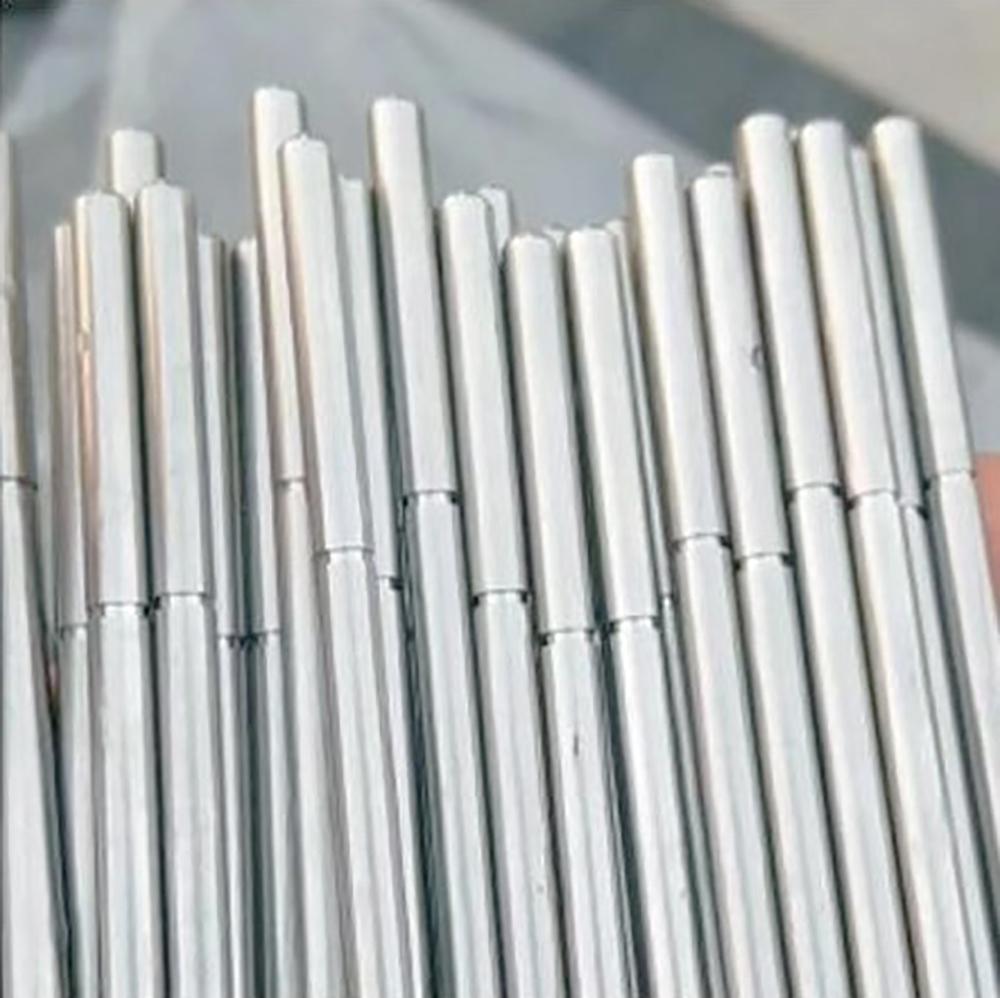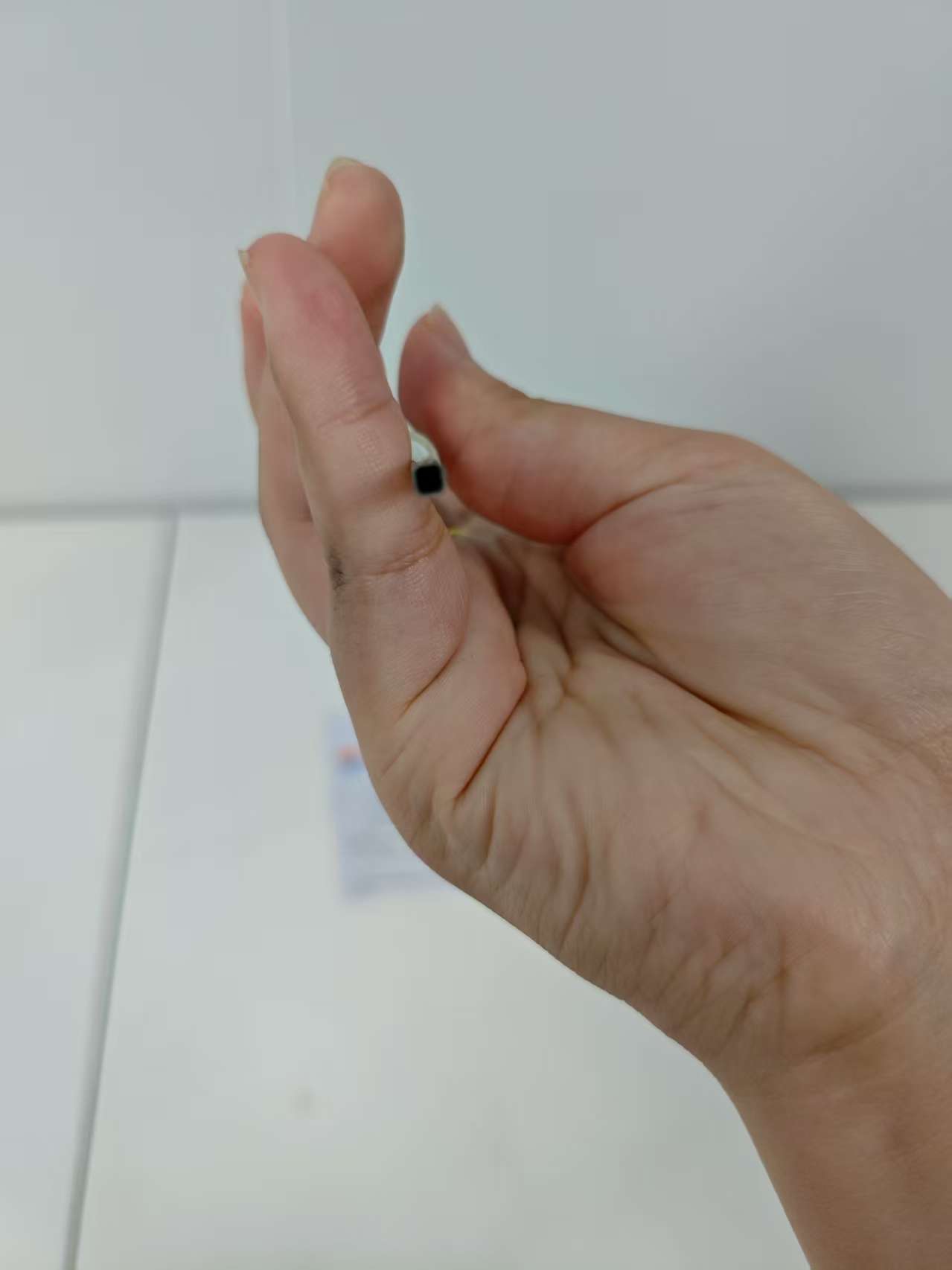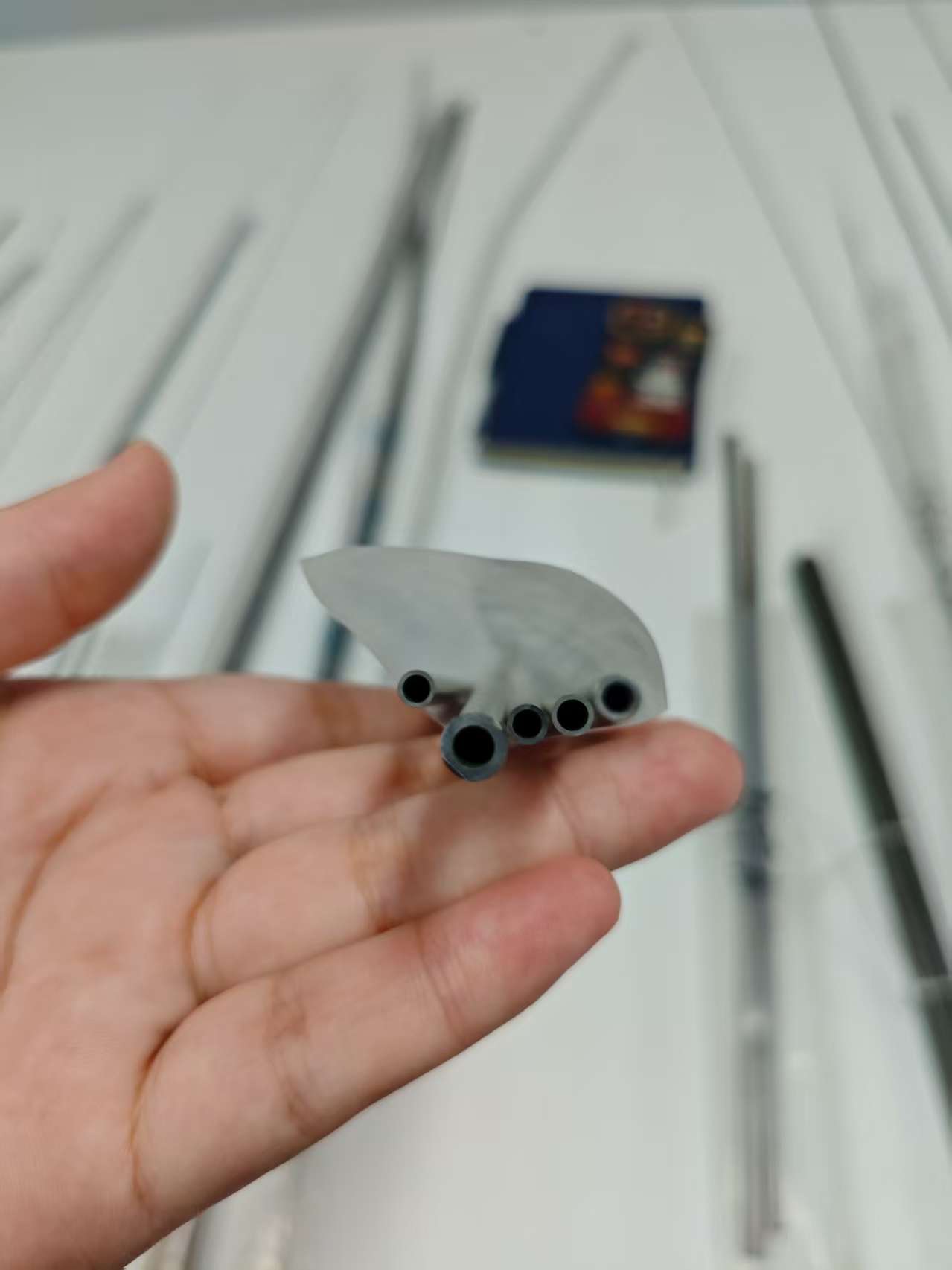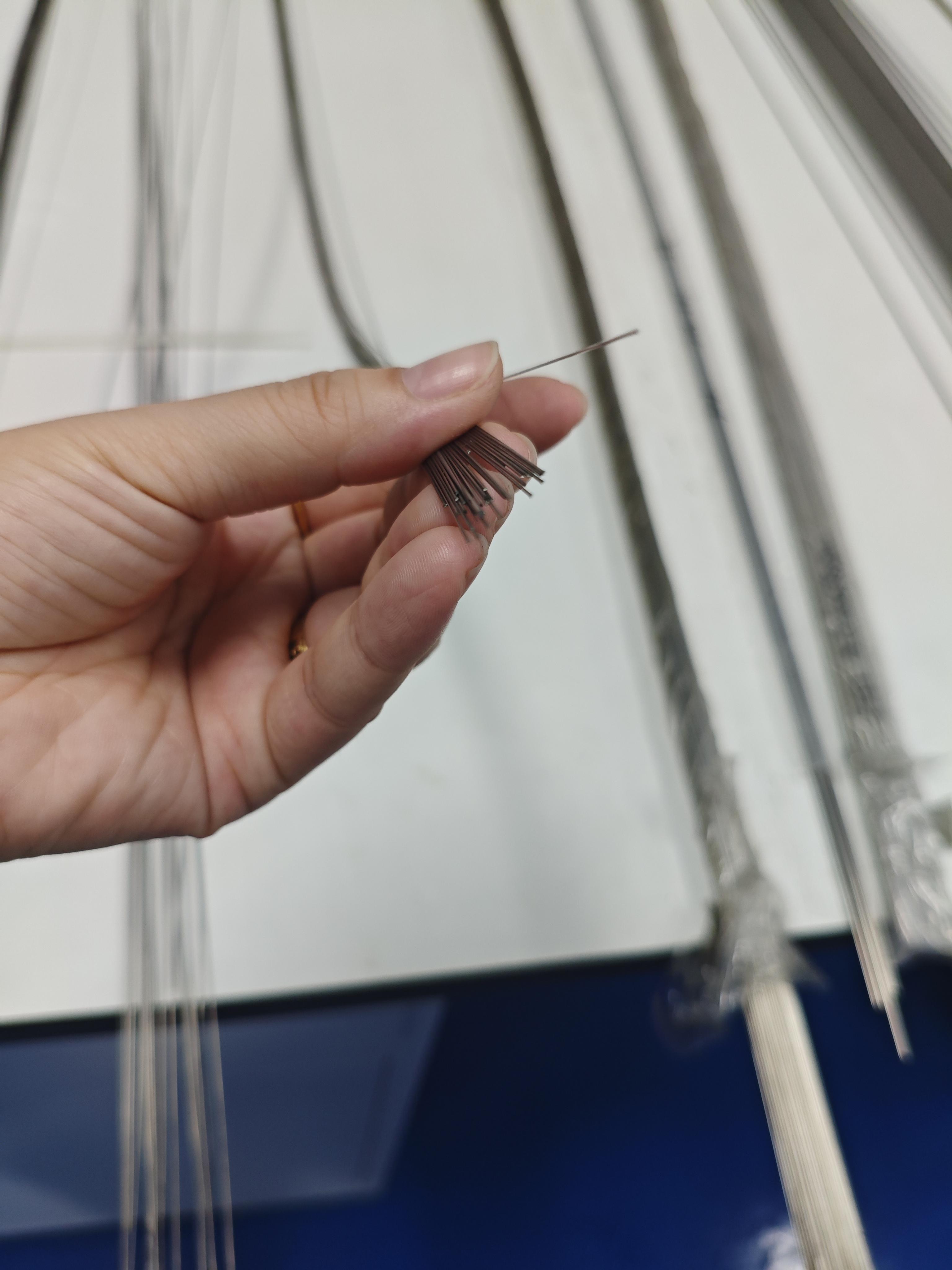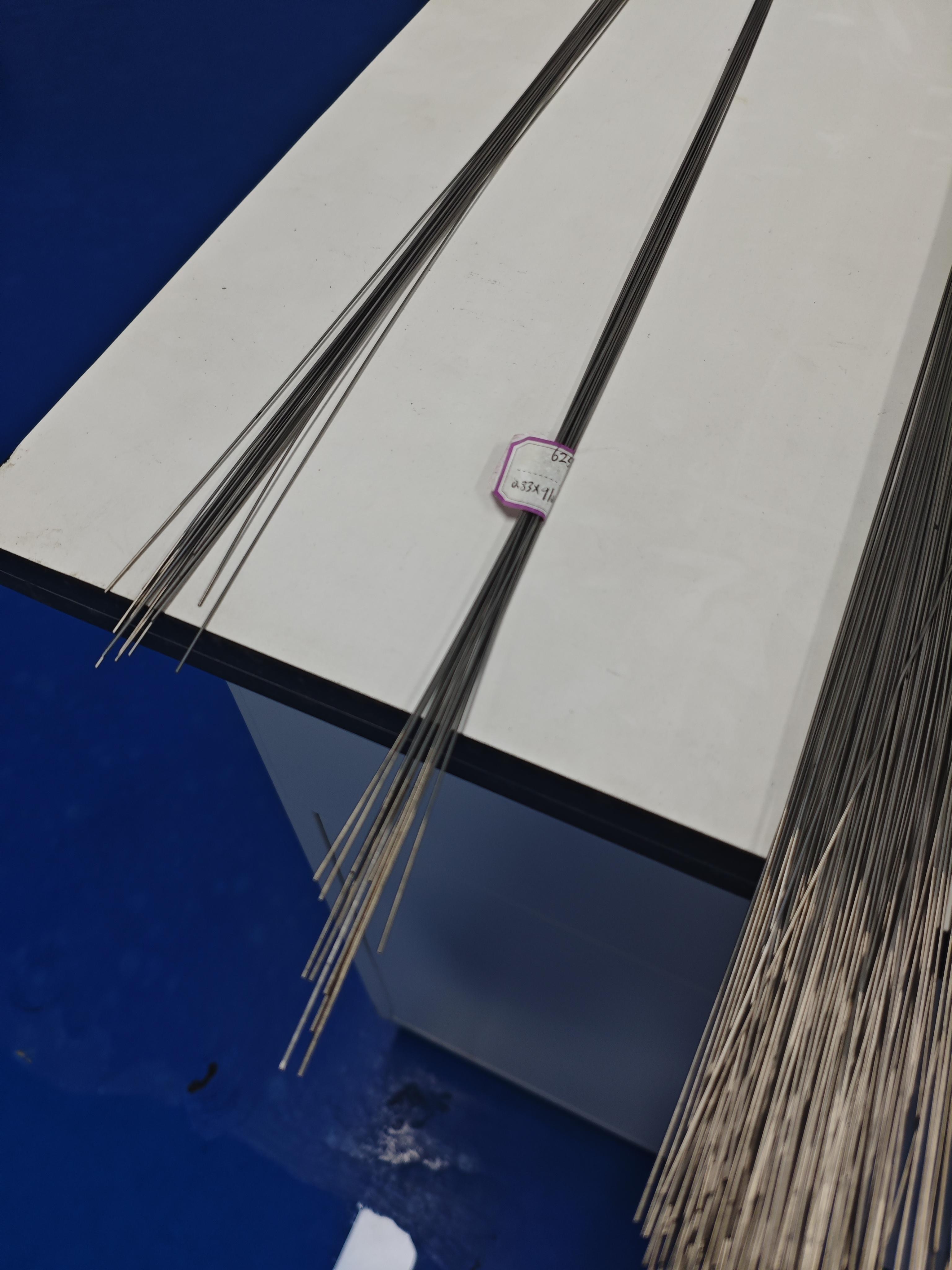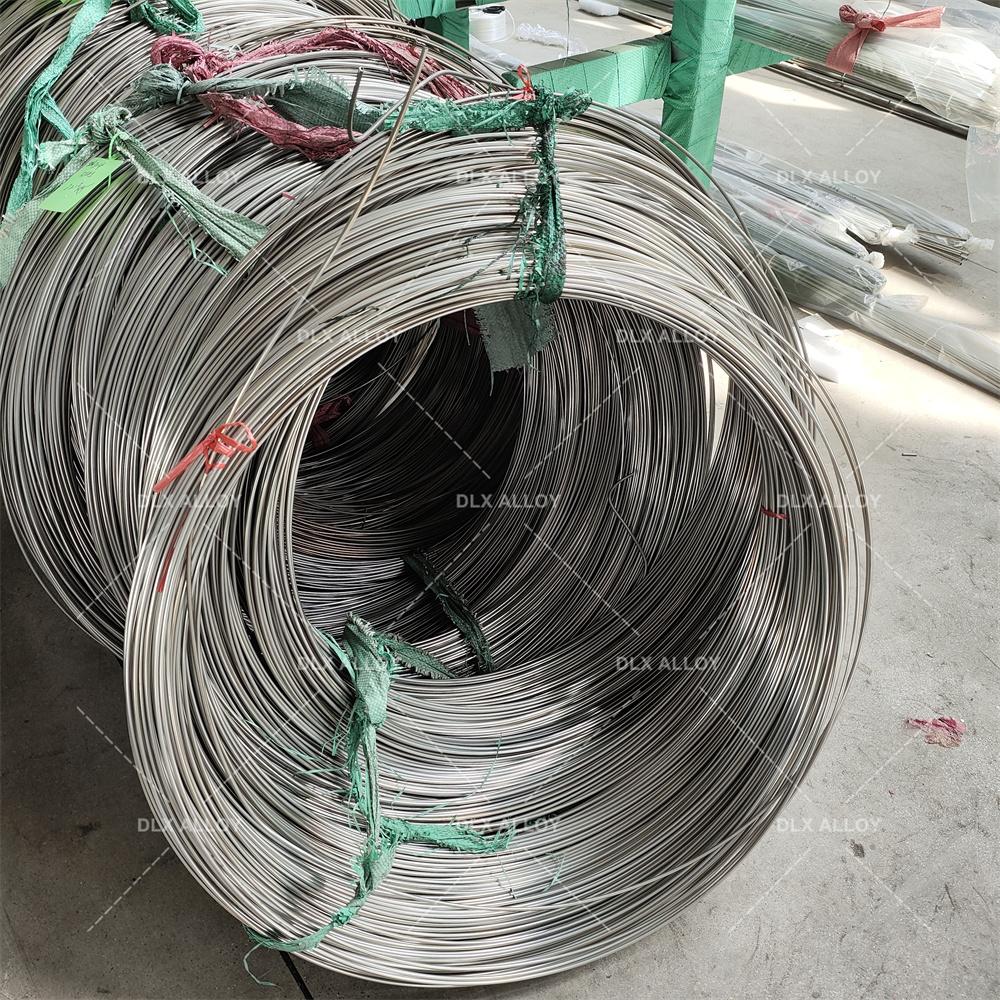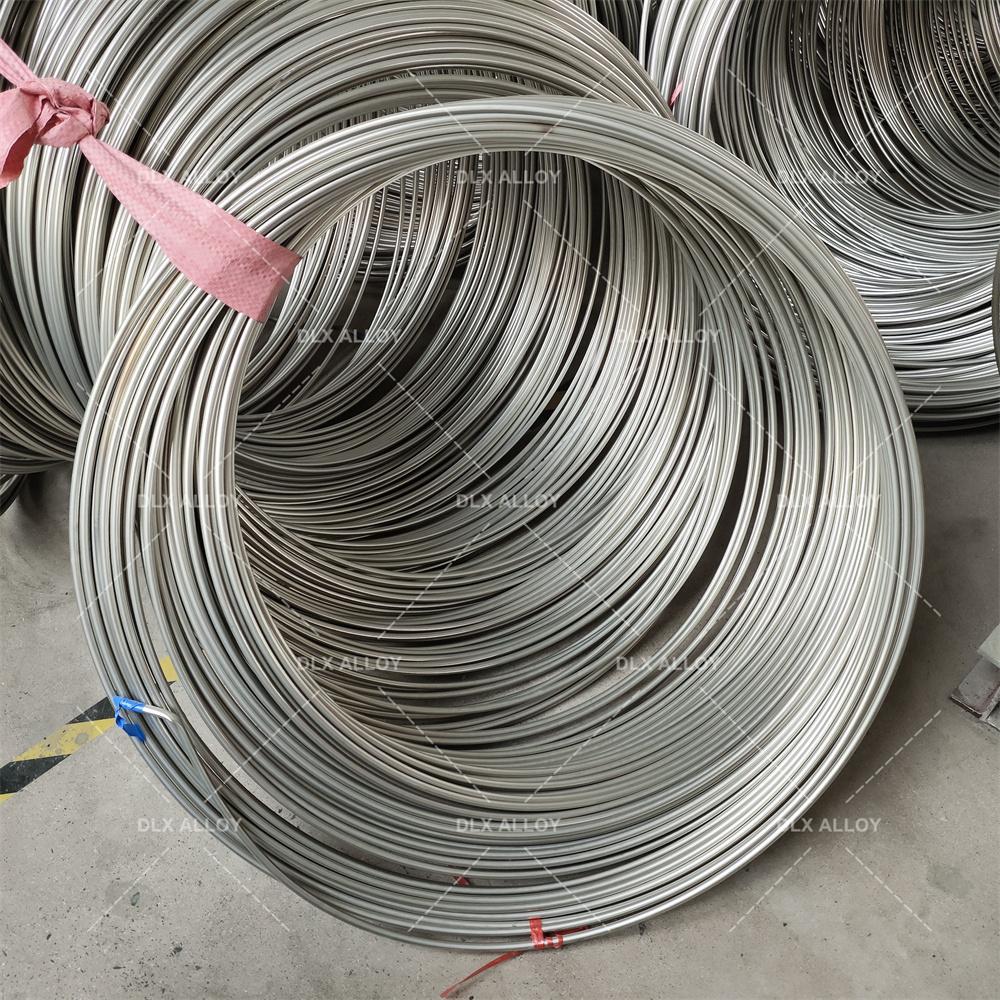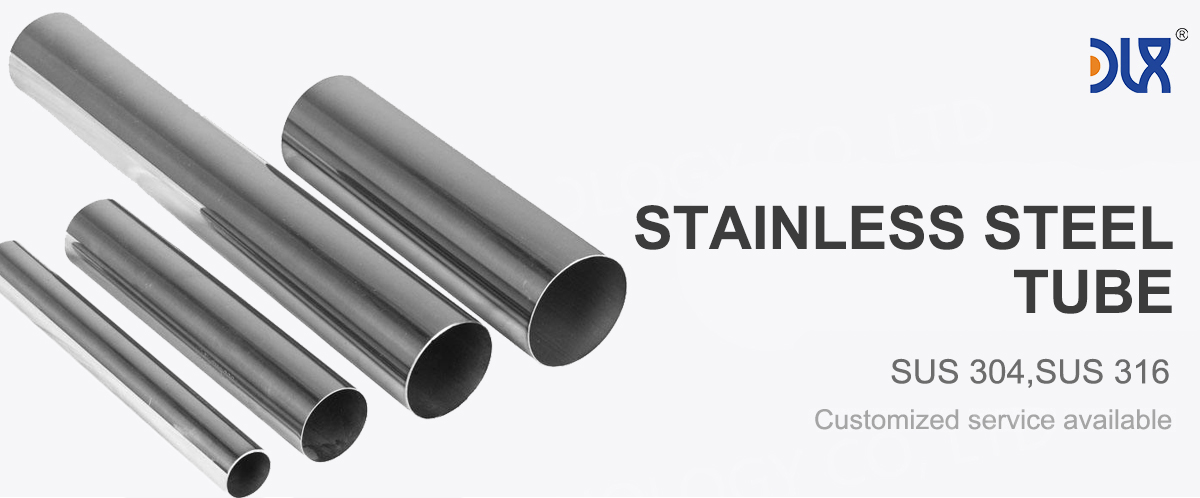
At our company, we’re all about crafting durable 304 stainless steel tube for prosthetic components that empower amputees to live fuller, more active lives. These tubes aren’t just metal—they’re the sturdy foundation for prosthetic limbs, delivering the strength and reliability needed for everyday mobility. With a focus on affordability and performance, we’re making high-quality prosthetics accessible to more people, from athletes to seniors.
For more details, pls directly contact us.
Let’s break down what makes our 304 stainless steel tube for prosthetic components a standout. This alloy is a workhorse, packing 18-20% chromium for solid corrosion resistance against sweat and environmental exposure, plus 8-10.5% nickel for toughness. With carbon kept below 0.08%, it’s compliant with ASTM A240, offering great formability for complex prosthetic designs. We produce these tubes in diameters from 2mm to 20mm, with wall thicknesses as low as 0.2mm, perfect for lightweight frames and adjustment mechanisms. The material’s tensile strength of 515-690 MPa and elongation over 40% ensure tubes can handle the repetitive stresses of walking or running without deforming.
Comparison of Medical Stainless Steel Grades, Materials, and Applications
Grade | Composition | Key Properties | Corrosion Resistance | Biocompatibility | Applications | Advantages | Limitations |
|---|---|---|---|---|---|---|---|
316L | Fe (60-70%), Cr (16-18%), Ni (10-14%), Mo (2-3%), C (<0.03%) | Tensile: 485-620 MPa, Yield: 170-290 MPa, Elongation: 40-50%, Hardness: 95 HRB | Excellent (passive oxide layer, resists pitting) | High, minimal ion release, rare Ni sensitivity | Bone plates, screws, stents, hip stems, dental implants | Cost-effective, machinable, fatigue-resistant | Possible Ni sensitivity, heavier than Ti |
304L | Fe (65-74%), Cr (18-20%), Ni (8-10.5%), C (<0.03%) | Tensile: 485-550 MPa, Yield: 170-240 MPa, Elongation: 40-55%, Hardness: 92 HRB | Good, less resistant to pitting than 316L | Moderate, higher Ni release risk | Temporary implants, surgical tools, guidewires | Affordable, easy to form, widely available | Limited for long-term implants due to corrosion |
17-4 PH | Fe (70-78%), Cr (15-17.5%), Ni (3-5%), Cu (3-5%), C (<0.07%) | Tensile: 930-1100 MPa, Yield: 725-860 MPa, Hardness: 30-44 HRC | Very good, but less than 316L in saline | Good, but less biocompatible than 316L | Load-bearing implants, surgical instruments | High strength, heat-treatable, durable | Complex processing, less corrosion-resistant |
420 | Fe (80-90%), Cr (12-14%), C (0.15-0.4%) | Tensile: 700-950 MPa, Yield: 340-450 MPa, Hardness: 45-50 HRC | Moderate, prone to pitting in body fluids | Moderate, not ideal for long-term implants | Cutting tools, temporary pins, dental drills | High hardness, wear-resistant, sharpenable | Poor corrosion resistance for permanent use |
440C | Fe (78-85%), Cr (16-18%), C (0.95-1.2%) | Tensile: 760-1000 MPa, Yield: 450-600 MPa, Hardness: 56-60 HRC | Moderate, better than 420 but less than 316L | Limited, high carbon affects biocompatibility | Surgical blades, high-wear tools | Extremely hard, excellent edge retention | Not suitable for long-term implants |
F138 (316LVM) | Fe (60-70%), Cr (17-19%), Ni (13-15%), Mo (2.25-3.5%), C (<0.03%) | Tensile: 490-690 MPa, Yield: 190-300 MPa, Elongation: 40-50%, Hardness: 95 HRB | Superior, optimized for medical use | Excellent, lowest ion release, vacuum-melted | Orthopedic implants, cardiovascular stents | Enhanced purity, top biocompatibility | Higher cost than standard 316L |
303 | Fe (65-75%), Cr (17-19%), Ni (8-10%), S (0.15-0.35%) | Tensile: 500-620 MPa, Yield: 240-290 MPa, Elongation: 35-50%, Hardness: 90 HRB | Moderate, sulfur reduces corrosion resistance | Moderate, not ideal for permanent implants | Machined components, non-implant devices | Excellent machinability, cost-effective | Not suitable for long-term implants |
Nitronic 60 | Fe (60-70%), Cr (16-18%), Ni (8-9%), Mn (7-9%), N (0.08-0.18%) | Tensile: 620-793 MPa, Yield: 345-414 MPa, Hardness: 95-100 HRB | Very good, resists galling and wear | Good, but less studied for implants | Wear-resistant implants, joint components | High wear resistance, galling resistance | Limited medical use, higher cost |
For more details, pls directly contact us
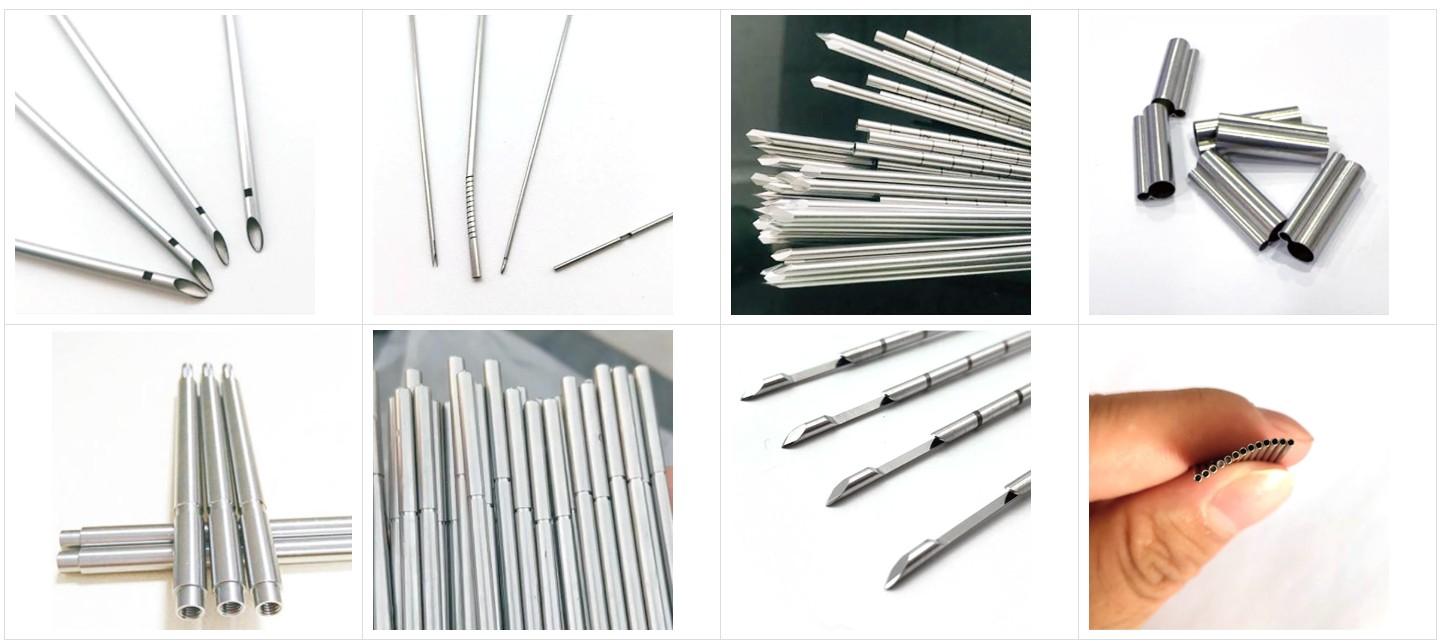
We’re obsessive about quality. Our tubes are cold-drawn to tolerances of ±0.01mm, ensuring they fit perfectly into prosthetic sockets or pivot joints. A polished Ra <0.4µm finish resists corrosion from daily wear and makes cleaning easy with just soap and water. We test for fatigue resistance, simulating thousands of steps to confirm durability for active users. Non-magnetic properties keep our tubes imaging-friendly, a plus for prosthetists checking alignment via X-rays. We also offer custom bending and laser-cutting, tailoring tubes to modular prosthetic designs for a perfect fit.
The prosthetics market is on a roll, valued at USD 1.6 billion in 2025 and projected to hit USD 2.9 billion by 2032 at a 7.5% CAGR. Rising amputation rates—over 2 million annually in the U.S. alone, driven by diabetes and vascular diseases—are a big factor. Aging populations and military injuries are also boosting demand, with over 20% of amputees being veterans or seniors. Lightweight, modular prosthetics are trending, allowing quick adjustments for growing kids or active adults. Our durable 304 stainless steel tube for prosthetic components is built for this, offering the strength for load-bearing frames at a price that keeps costs down.
Regulatory standards are tightening, with the FDA and EU MDR pushing for material safety and traceability. Our 304 tubes meet ISO 10993 standards for external contact, ensuring low allergenicity for skin-touching components like prosthetic sockets. Sustainability is a growing focus—prosthetic clinics are leaning toward recyclable materials, and 304 stainless steel’s near-100% recyclability makes it a green choice. The medical tubing market is set to grow from USD 812.59 million in 2025 to USD 1,547.53 million by 2034 at a 6.7% CAGR, with cost-effective alloys like 304 leading for non-implantable applications.
Emerging trends are shaping the future. 3D-printed prosthetics, expected to hit USD 1.2 billion by 2030, demand versatile tubing for custom frames, and 304’s formability fits perfectly. Smart prosthetics with sensors for gait monitoring are gaining traction, and our tubes can integrate as structural supports. The rise of outpatient prosthetic fittings—growing at 6.3% CAGR—calls for affordable, durable components, where 304 shines. Global demand is surging in developing regions like Asia-Pacific, where cost-effective materials are key to expanding access.
Applications for our durable 304 stainless steel tube for prosthetic components are diverse. In lower limb prosthetics, they form pylon tubes and structural frames, balancing strength with lightweight design for walking or running. For upper limb prosthetics, our tubes are used in elbow joints and wrist connectors, offering smooth articulation for tasks like gripping. Pediatric prosthetics benefit from 304’s durability, supporting active kids as they grow. Even in cosmetic prosthetics, our tubes provide internal support for lifelike limbs, ensuring comfort and stability.
Exoskeletal prosthetics are a key area—our tubes are used in external frames for above-knee or below-elbow designs, resisting wear from daily use. In orthotic-prosthetic hybrids, like knee braces with prosthetic elements, 304’s strength supports dynamic movement. For high-performance prosthetics, like those for Paralympic athletes, our tubes handle extreme stresses while keeping weight low. The prosthetics and orthotics market, valued at USD 6.8 billion in 2025, is growing at 5.9% CAGR, highlighting the need for reliable tubing.
When it comes to standing out, our company’s approach to durable 304 stainless steel tube for prosthetic components is a cut above. While standard suppliers might offer generic tubing, we customize with precision-bent tubes tailored to specific limb designs, like curved pylons for better biomechanics. Our in-house testing is rigorous—corrosion trials in sweaty, salty conditions and mechanical stress tests mimic years of use, ensuring zero failures. This durability means longer-lasting prosthetics, reducing replacement costs for clinics.
We’re lean on production, using automated drawing to achieve tight tolerances, perfect for modular systems or 3D-printed assemblies. Cost-wise, we keep it wallet-friendly by optimizing material use, delivering high-quality 304 at prices that make prosthetics more accessible. Prosthetists love our tubes’ consistency, ensuring smooth integration into complex designs like myoelectric arms. Unlike others who might skip surface treatments, we polish every tube to resist corrosion from skin contact, extending lifespan by up to 30%.
Sustainability is core to our process—we recycle 95% of scrap metal, aligning with healthcare’s eco-friendly push. Our supply chain is rock-solid, with just-in-time delivery to keep clinics stocked, even during peak fitting seasons. We also offer design support, collaborating with manufacturers to tweak tube specs for innovative prosthetics, a service most suppliers can’t match. Clients praise our fast prototyping—often under two weeks—speeding up custom limb development.
Comparison Parameters Table
| Parameter | 304 Stainless Steel | 316L Stainless Steel | Custom 465 Stainless Steel | Titanium Alloy (e.g., Ti-6Al-4V) |
|---|---|---|---|---|
| Carbon Content (%) | ≤0.08 | ≤0.03 | ≤0.02 | N/A (No carbon) |
| Corrosion Resistance | Good (Cr content, suitable for external use) | Excellent (Mo, resists body fluids) | Excellent (Cr, Mo, high strength) | Outstanding (oxide layer, best for implants) |
| Tensile Strength (MPa) | 515-690 | 485-620 | 1655-2000 | 860-950 |
| Yield Strength (MPa) | 205-310 | 170-310 | 1275-1725 | 760-830 |
| Biocompatibility | Good (short-term, external contact) | High (implant-grade) | High (implant-grade, low ion release) | Excellent (bone integration, lightweight) |
| Density (g/cm³) | 8.0 | 8.0 | 7.8 | 4.5 |
| Magnetic Properties | Non-magnetic | Non-magnetic | Slightly magnetic | Non-magnetic |
| Cost Effectiveness | Most affordable | Moderate | Premium for strength | High, for lightweight needs |
| Common Medical Use | Prosthetic frames, surgical tools | Implants, stents | Orthopedic/dental implants | Orthopedic implants, lightweight prosthetics |
Looking ahead, we’re diving into smart prosthetics, exploring 304 tubes as conduits for sensor wiring, tapping into IoT trends for real-time gait analysis. With personalized prosthetics growing—custom limbs are expected to hit USD 1.5 billion by 2030—our flexible production is ready to deliver patient-specific solutions. The rise of robotic fitting systems means our tubes must support precision components, and we’re optimizing for that now.
In essence, choosing our durable 304 stainless steel tube for prosthetic components means partnering with a team obsessed with quality and affordability. We’re not just making tubes; we’re enabling mobility and independence. From robust materials to tailored designs, we’re built to lead in a market craving durability and value. As prosthetic tech evolves with demographics and innovation, our 304 tubes remain a trusted cornerstone, ready for tomorrow’s challenges.
To sum it up, our strengths shine: cost-effective quality, customizable precision, and a green approach that sets us apart. Whether it’s a basic prosthetic leg or a high-performance arm, our durable 304 stainless steel tube for prosthetic components delivers the performance prosthetists need to transform lives.
For more details, pls directly contact us.
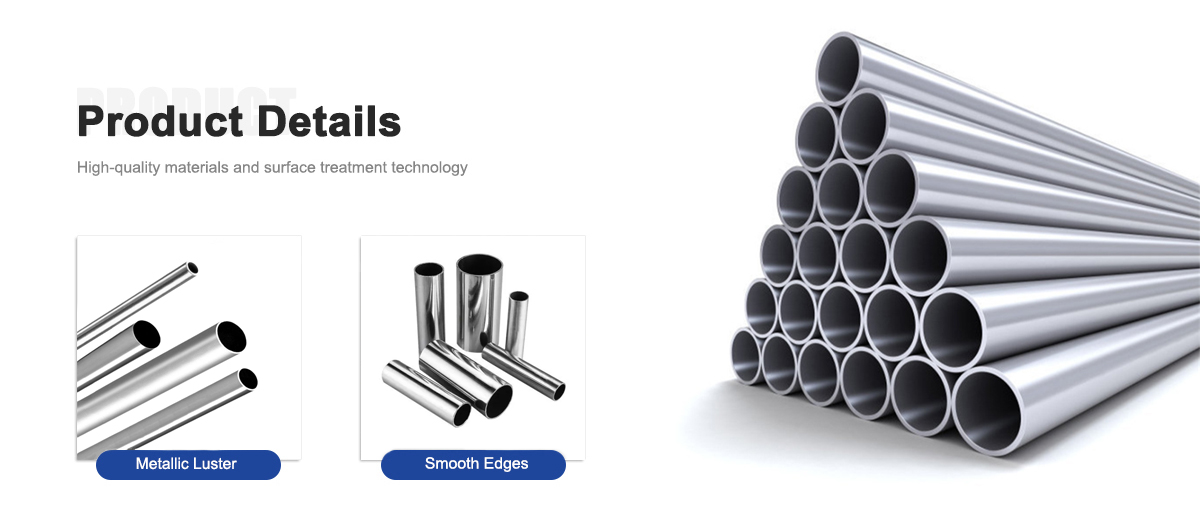

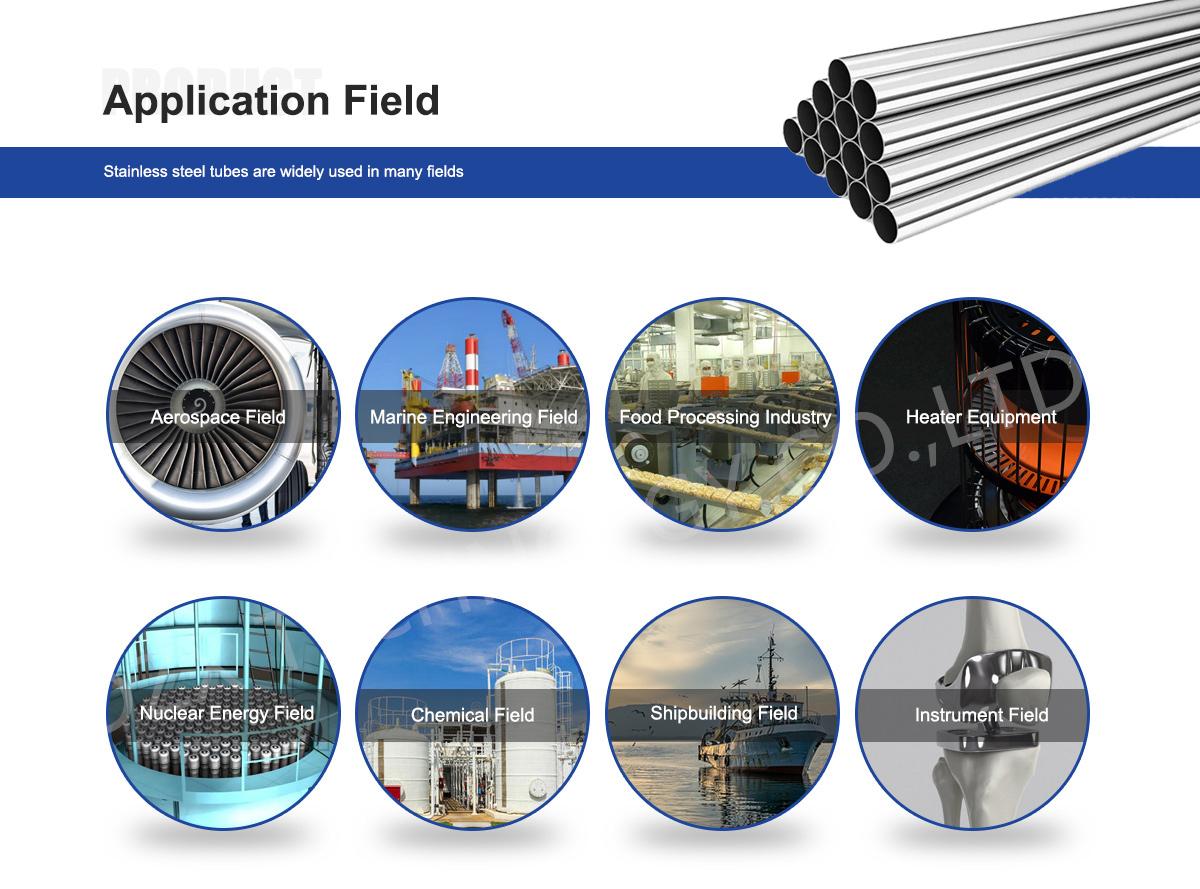
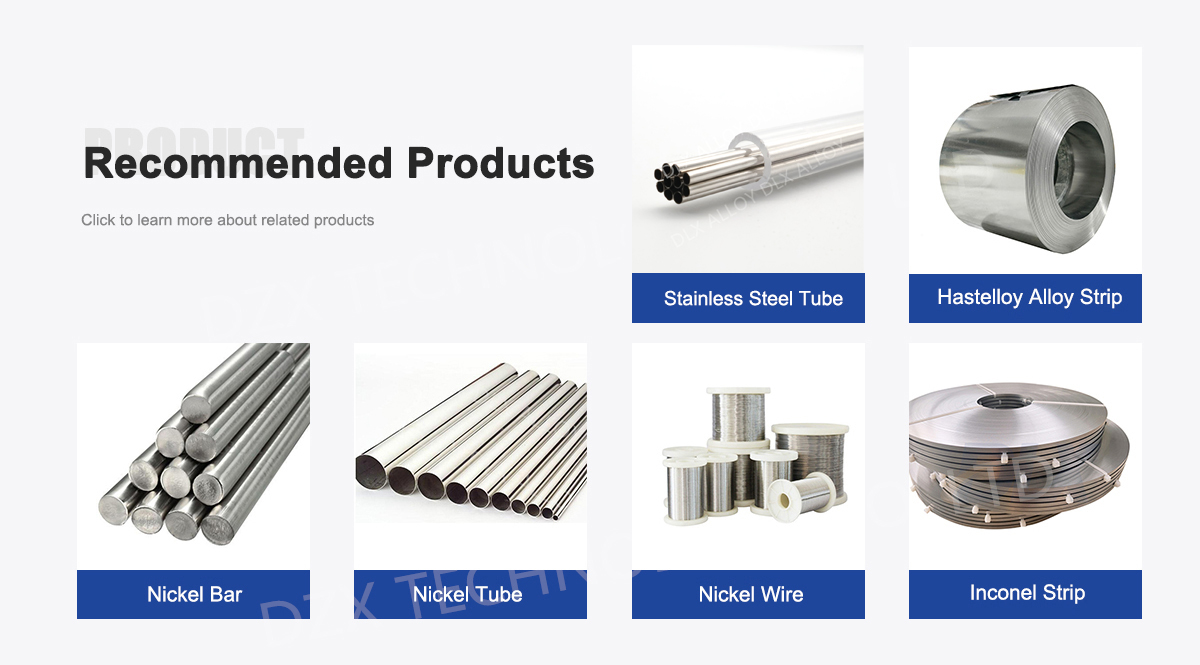
About Us:
Our 12,000㎡ factory is equipped with complete capabilities for research, production, testing, and packaging. We strictly adhere to ISO 9001 standards in our production processes, with an annual output of 1,200 tons. This ensures that we meet both quantity and quality demands. Furthermore, all products undergo rigorous simulated environment testing including high temperature, high pressure, and corrosion tests before being dispatched, ensuring they meet customer specifications.
For all our clients, we offer timely and multilingual after-sales support and technical consulting, helping you resolve any issues swiftly and efficiently.

Client Visits
Building Stronger Partnerships

We support all kinds of testing:


FAQs:
Why is 304 stainless steel suitable for prosthetic components?
Durable 304 stainless steel offers good corrosion resistance, high strength, and cost-effectiveness, making it ideal for non-implantable prosthetic components like exoskeletal frames, connectors, and joint pivots.What is the material composition of 304 stainless steel for prosthetics?
It contains 18-20% chromium, 8-10.5% nickel, and carbon below 0.08%, providing a balance of corrosion resistance, formability, and mechanical strength, compliant with ASTM A240 for medical-grade applications.What are the primary applications of 304 stainless steel tubes in prosthetics?
These tubes are used in prosthetic limb frames, adjustment mechanisms, and support structures for lower and upper limb prosthetics, ensuring durability and lightweight design for daily use.How do industry trends influence the use of 304 stainless steel in prosthetics?
The prosthetics market, valued at USD 1.6 billion in 2025, is projected to grow at a 7.5% CAGR to USD 2.9 billion by 2032, driven by rising amputations and demand for affordable, durable materials.What mechanical properties make 304 stainless steel effective for prosthetic tubing?
It provides tensile strength of 515-690 MPa, yield strength of 205-310 MPa, elongation over 40%, and good fatigue resistance, enabling tubes to withstand repetitive stress and wear in prosthetic applications.Is 304 stainless steel biocompatible for prosthetic components?
Yes, it meets ISO 10993 standards for external or short-term contact, with low risk of allergic reactions, suitable for non-implantable prosthetic parts like external frames and fittings.What emerging trends support 304 stainless steel in the prosthetics sector?
Trends include lightweight modular prosthetics, 3D-printed custom components, and a medical tubing market expected to reach USD 1,547.53 million by 2034 at a 6.7% CAGR, favoring cost-effective alloys.How does 304 stainless steel handle wear and maintenance in prosthetic components?
It resists corrosion from sweat and environmental exposure, withstands cleaning with mild detergents, and maintains structural integrity without pitting, ensuring long-term reliability in prosthetic use.

